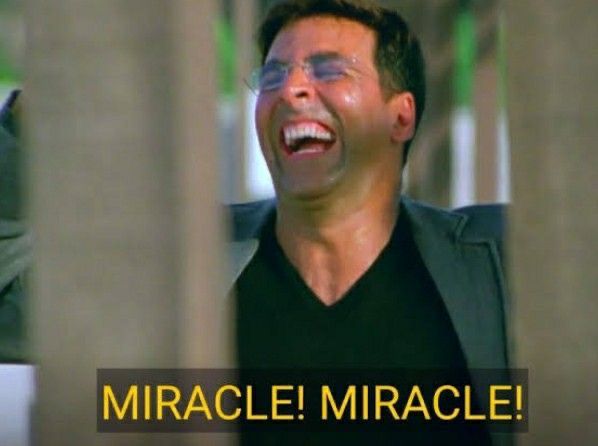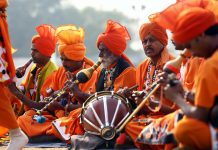The internet has also found its own unique taste in a land where the colours, culture, and chaos mix up seamlessly! The digital age which is characterized by fast sharing of content has created a cultural phenomenon that cannot be ignored – memes. If you plunge into the richness of Indian culture which itself is known for its drama and humour, you will get DESI MEMES as a vigorous mixture. Even though these are funny bits passed around among friends, they embody an unparalleled sense of identity thus connecting millions of Indians worldwide through shared nostalgia and laughter.
India’s multitude of languages, dialects and cultures seems like an infinite field for meme creators. From ‘Babu Rao’ to ‘Santa-Banta’ jokes that are absolutely hilarious have been at the forefront of Indian Memes on the internet today. It’s different from the rest because it is deeply flavoured and thick not to mention there being one for everyone.
There is no fixed formula for a meme to go viral; instead, it just requires common understanding among people. The reason why Indian Meme stories make hit records often lies in their ability to capture the essence of what it means to be ‘Indian’ – making them relatable to all Indians everywhere.
We have desi-fied the meme by adding our own distinct twist, comedy, and circumstances, resulting in the meme goldmine. Bollywood, with its larger-than-life characters and spectacular scenes, makes ideal fuel for meme makers. Think of the evergreen “Pushpa I Hate Tears” Or “Kitne Aadmi The?” dialogues are converted into humorous and relevant everyday scenarios. Meme makers targeted not only Bollywood but also politics; from Rahul Gandhi’s quirky statements to Narendra Modi’s energetic speeches, political personalities became frequent stars in the meme world. Meme provided a new, humorous slant on serious themes, making politics more digestible and easy to understand.
What makes DESI MEMES so popular? It’s their sheer relatability. They have captured the essence of Indian life – from the daily struggle of corporate life to overprotective protective parents, to Indian weddings; to exam stress all is covered. Memes like “Yeh Bik Gayi Hai Gormint” Or Anushka Sharma’s Sui Dhaga becoming templates for numerous relatable life scenarios hit home because they are snippets of our daily life wrapped in humour. These help us to find humour even in the monotony
On the farther side of humour, memes have emerged as a significant vehicle for social commentary, particularly in India, where it is critical to address topics such as social norms, long-held preconceptions, and current events through a combination of parody and wisdom. For instance, a meme on the 2020 lockdown perfectly captured the collective experience of staying at home, from ‘Dalgona Coffee To Online Classes’ or a recent on the importance of voting for the 2024 election “Vote To Vote Hota Hai, Chora Deve Ya Chori” (Dangal movie reference).
The desi meme culture is primarily proliferated via platforms such as AIB, Filtercopy and SNG Comedy. They fostered the development of and shaped the meme culture in India. Today, Instagram pages like Instabollywood, Scoopwhoop, The Desi Stuff And Sarcastic Indian keep us entertained with their quick wit and sharp humour.
Desi memes aren’t just an Indian affair anymore, with the Indian diaspora spread worldwide, our memes are global now. The quintessential “Indian parent “memes resonate with NRIs, while the Bollywood dialogues have found fans worldwide.
Our humour is universal and is spreading like wildfire through memes, which serve as a source of information and a different light for all of the confused souls on the internet. Understanding the ecosystem of Indian memes might be a hidden weapon for makers seeking entry into the meme realm since it offers unusual potential. The hype of desi memes is well showcased through the top most memes searched and viewed in 2023 – from infectious ‘Moye Moye’ to the famous ‘Bhupendra Jogi’ these trending memes made everyone laugh in India and some are iconic, such as “Rasode Mein Kaun Tha” To Nana Patekar’s “Kya Karu Mai?” left an indelible mark.
As India continues to embrace more digital platforms, the meme culture will only get potent. With upcoming new trends, events and cultural shifts there will always be fresh content for us to create and consume, as long as we keep our sense of humour alive. Desi memes are more than just jokes; they are a reflection of our society, our quirks and our collective experiences. These little digital nuggets weave together and also represent us in different spheres of life. So the next time a meme tickles your funny bone spread the joy and share it with the world.






























